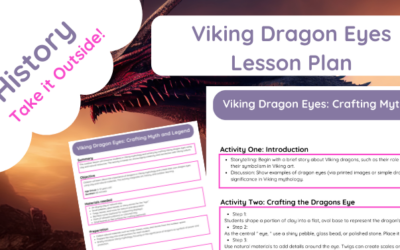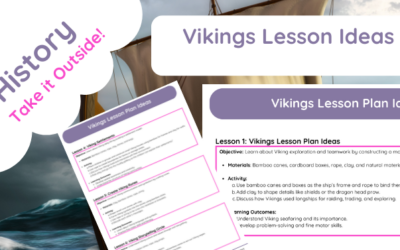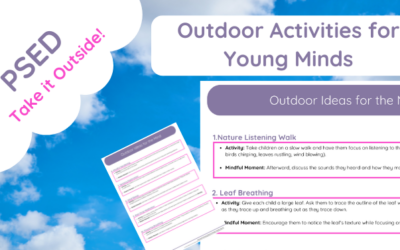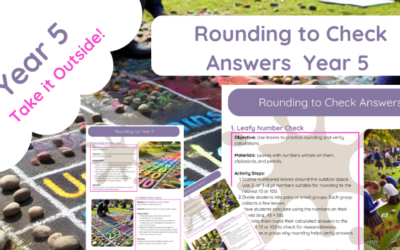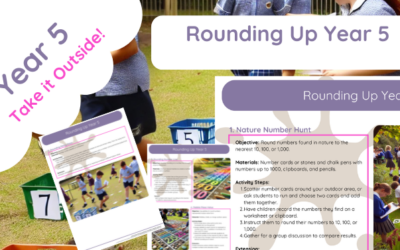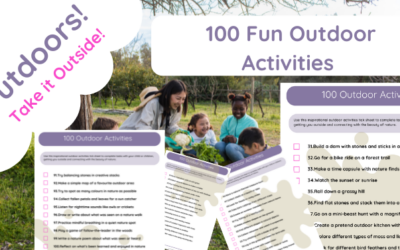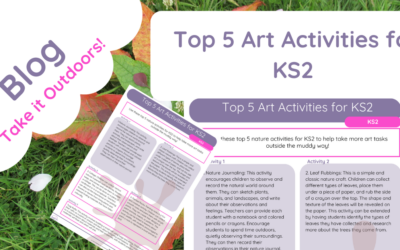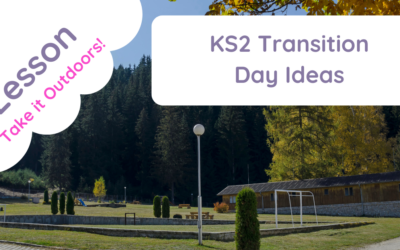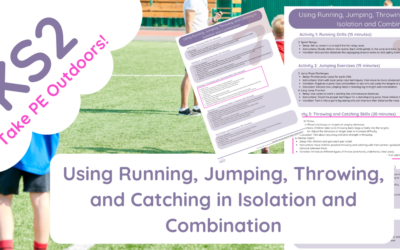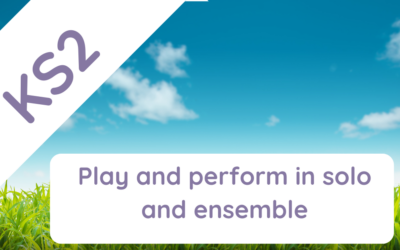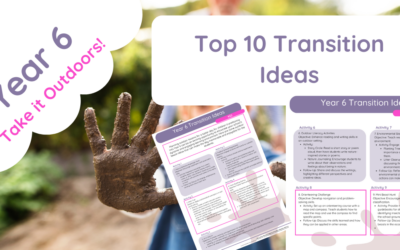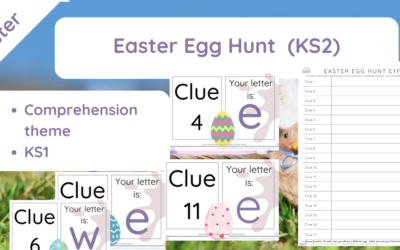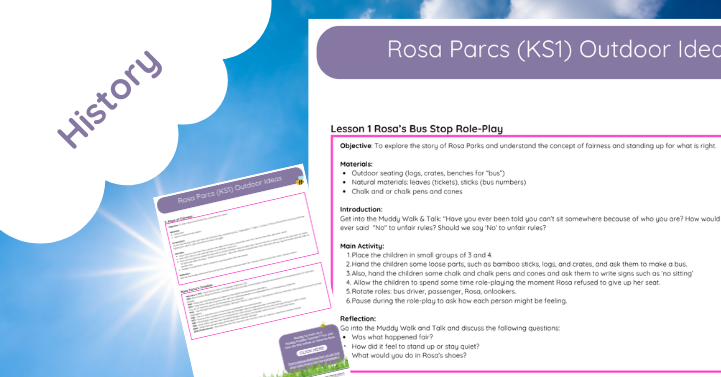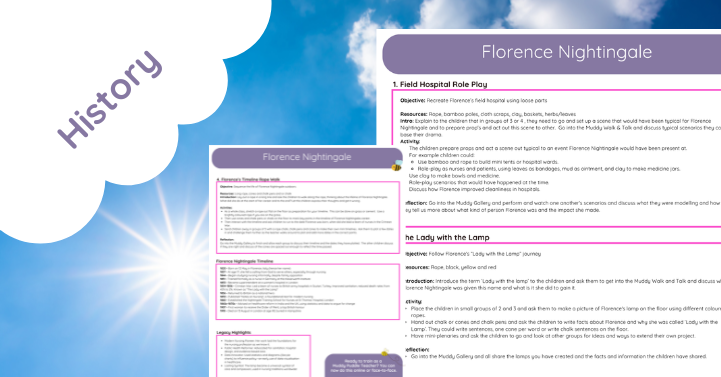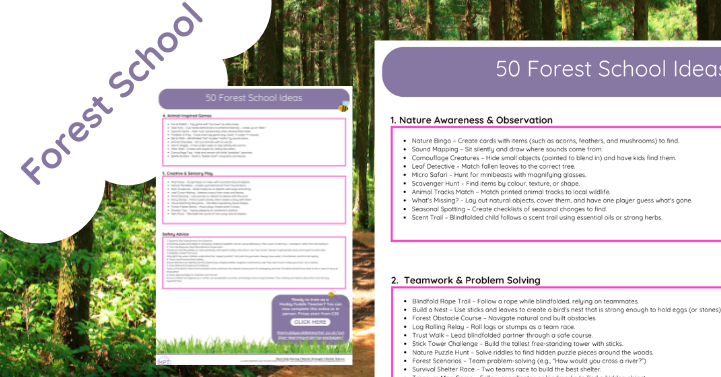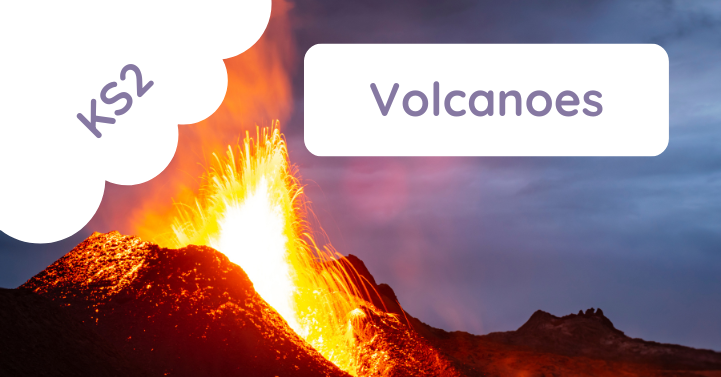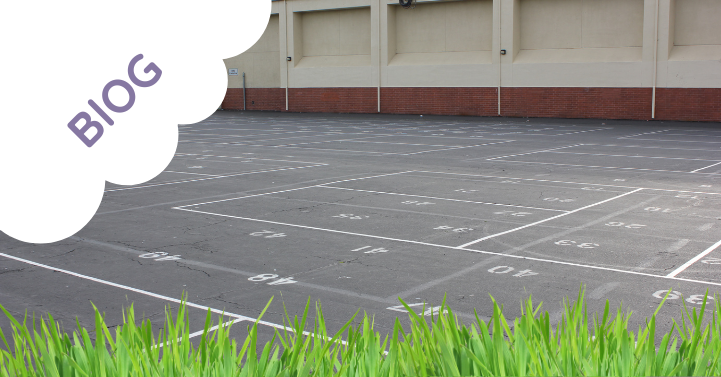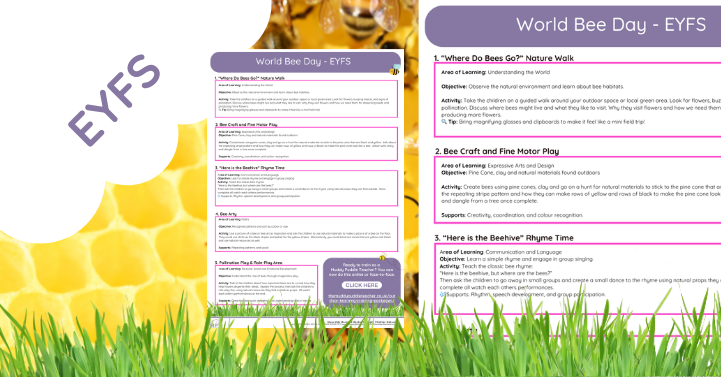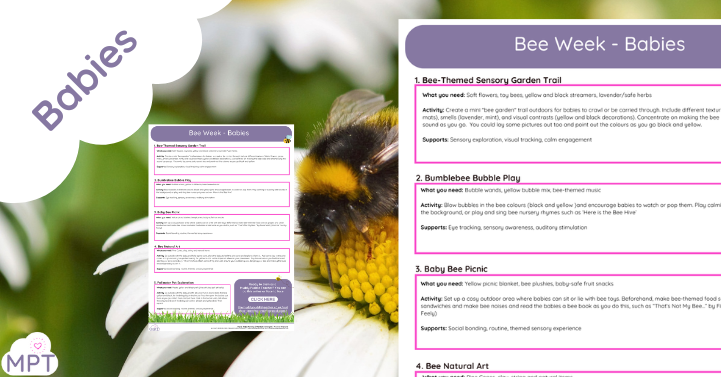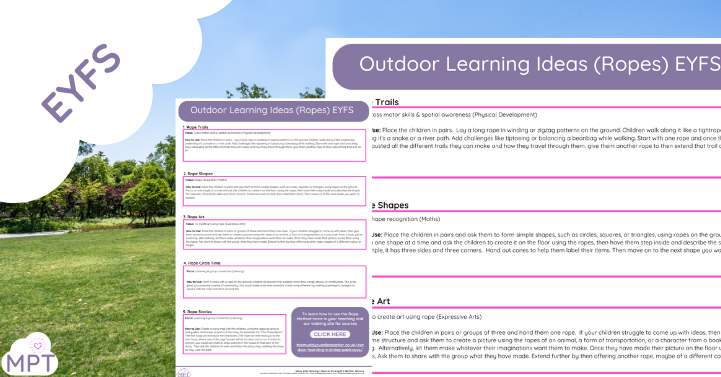Christmas Nature Art Activities for KS2 Bring festive creativity to the outdoors with our Christmas Nature Art...
Viking Dragon Eyes Lesson Plan
Nov 19, 2024
Unleash creativity and explore Viking mythology with the Viking Dragon Eyes Lesson Plan. This immersive, hands-on...
Vikings Lesson Ideas Pack
Nov 19, 2024
Bring Viking history to life with the Vikings Lesson Ideas Pack—a dynamic resource designed to inspire creativity and...
Outdoor Ideas for Young Minds (Mindful)
Nov 19, 2024
Inspire creativity, calm, and curiosity with Outdoor Ideas for Young Minds (Mindful)—a curated collection of engaging...
Rounding to Check Answers Year 5
Nov 18, 2024
Transform your Year 5 maths lessons with this Outdoor Lesson Plan on Rounding Up to Check Answers, designed to make...
Rounding Up Year 5
Nov 18, 2024
Transform your maths lessons with this Outdoor Lesson Idea Pack: Rounding Up for Year 5, designed to bring energy,...
Ancient Greece Outdoor Lesson Plan Ideas KS2
Nov 14, 2024
Ancient Greece Outdoor Lesson Plan Take your students on an unforgettable journey back in time with the Ancient Greece...
KS2 Anti-Bullying Week Ideas Pack
Nov 12, 2024
Empower KS2 students to embrace kindness, empathy, and inclusion with our KS2 Anti-Bullying Week Ideas Pack, inspired...
100 Fun Outdoor Activities
Nov 11, 2024
100 Fun Outdoor Activities for Kids: A Nature Adventure Guide Ignite the wonder of outdoor play with 100 Fun Outdoor...
Bonfire Night KS2
Nov 4, 2024
Bonfire Night KS2 Activities Using the Muddy Puddle Teacher (MPT) Approach: Engaging, Eco-Friendly, and Educational...
Bronze Age Developments
Nov 1, 2024
Bronze Age Developments Lesson Ideas Dive into the transformative era of the Bronze Age with this engaging set of...
5 Nature Art Activities KS2
Jul 9, 2024
5 Nature Art Activities KS2 Creativity and Imagination: Outdoors provides a stimulating environment for children to...
KS2 Transition Day Ideas
Jul 2, 2024
The Importance of Having a KS2 Transition Day Outdoors for Children Transition days are pivotal in helping children...
Using Running Jumping Throwing (PE) KS2
Jun 26, 2024
Using Running, Jumping, Throwing (KS2) Physical Education (PE) is a crucial part of the KS2 curriculum, helping...
Locating the Worlds Countries (KS2)
Jun 26, 2024
Locating the World's Countries: A KS2 Guide Understanding the world's geography is a crucial part of the KS2...
Play and perform in solo and ensemble contexts (Music KS2)
Jun 25, 2024
Introduction Playing and performing music in solo and ensemble contexts is a crucial aspect of the KS2 music...
Year 6 Transition Day Ideas
Jun 1, 2024
Benefits of Doing Your Year 6 Transition Day Outdoors Year 6 Transition days are essential for helping students...
Easter Egg Hunt KS2 (Comprehension Theme)
Apr 1, 2024
What does this resource include? 1 x Easter Egg Hunt KS2 Pack 16 x Clues with letters that make up the mystery word 1...



